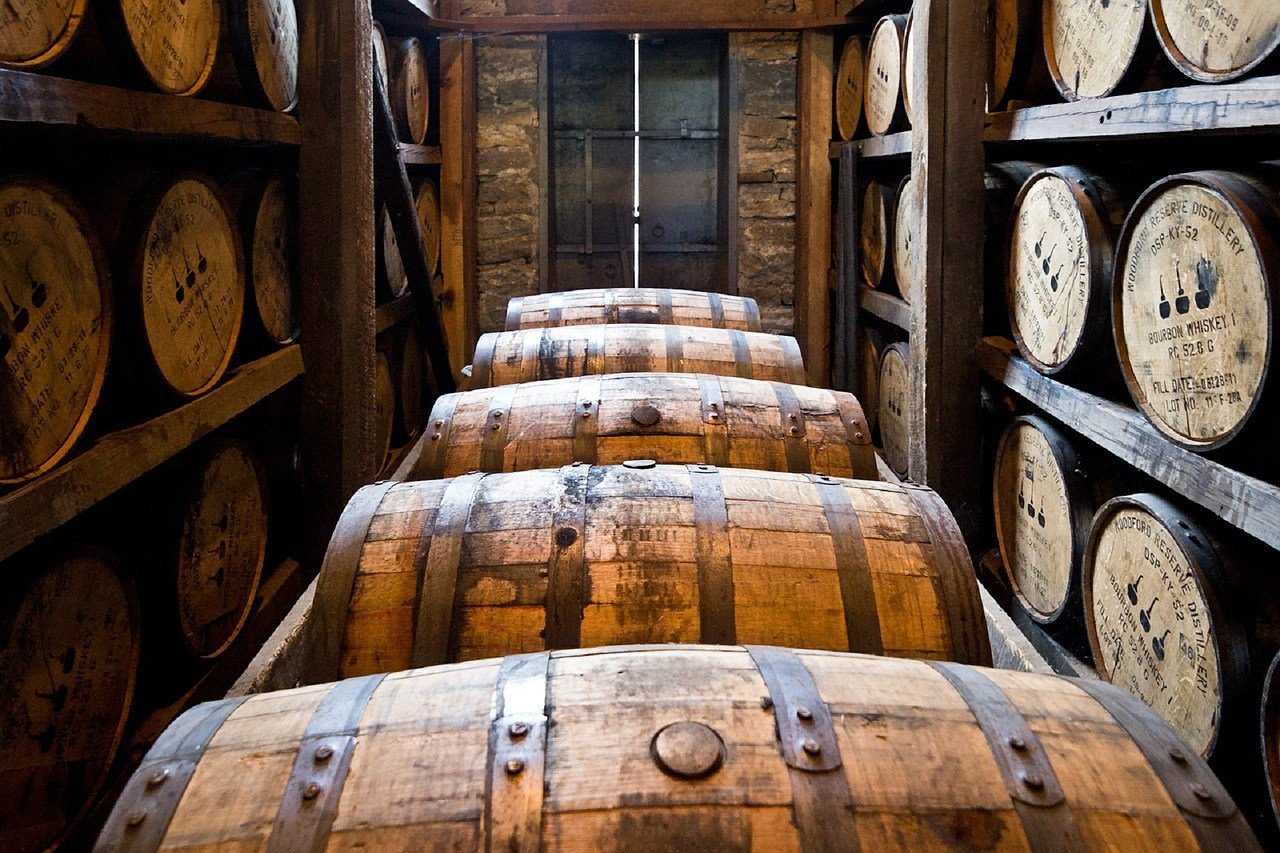Business
The pits and stops of opening a craft distillery
Having a foolproof business plan is only half of the equation. Innovating new spirits is also important if you don’t want to be eaten alive.

Owning a craft distillery seems like a dream come true for many people, but it’s not as breezy as it sounds.
You need to stay sober as you go through all the red tape required in opening a craft distillery, even something that only operates in your backyard. Federal, state, and local regulations all present competitive challenges for craft distillers. Aside from that, large industrial distilleries often pose as threats to the longevity of these tiny craft distillers.
The challenges being faced by new craft distillers vary from state to state, depending on the state’s level of experience in dealing with craft distilleries. States with many distilleries have progressive legislatures, while states that are only starting to get in the game will have the most meticulous process of all.
“If there is a domestic or micro-distiller’s license, that’s great,” said Rick Burch of CaskWerks Distilling in Arizona, “because that means someone has gone before you and got that initiated. If not, expect to encounter a lot of red tape.”
Applying for a federal license essentially means undergoing a full background check; hence, your record should be spotless. You need to prove that you’re an outstanding citizen with a clean family history. Questions asked can be about your top investors, loans, and even personal questions. The authorities are also concerned with your security plan for any potential hazards like theft and fire, among others. Every new product should also be approved, and the process can take at least six months before you can start bottling up your spirits.
Things might get a little easier for you once you’ve secured your federal license, but it generally depends on which state you’re in. Some states allow craft fairs and farmers markets while others don’t even offer a craft distiller’s license just yet. Marketing is also tedious since many states use the traditional three-tier system, in which the product passes from the distiller to wholesaler to retailer to customer. Craft distillers themselves are not allowed to sell their own drinks. Unfortunately, craft distillers don’t have the budget that the big boys have in marketing their products.
In getting a local license, expect frequent run-ins with authorities as well as relative standards. An inspector could come to your facility and tell you that everything’s up to standard, only to have another inspector telling you that he didn’t agree to the previous checklist. Hence, Burch recommends “making as many friends as you can” with local authorities.
For the Los Angeles Times, creating an excellent business model is more important over crafting new flavors. Bill Owens, founder of the American Distilling Institute, recommends diversifying your product portfolio to include various spirits and building more visitor-friendly facilities, like tasting galleries. Diversification is a good business strategy as it helps make the business profitable at all times. While your premium whiskey ages, you can try selling gin that doesn’t require aging, or rum that only needs a few months of aging.
Some craft distilleries have done those things and managed to stay afloat. Oregon’s Eastside Distilling, Inc. (OTCQB: ESDI) has an innovative and award-winning product line ranging from vodka and rum to whiskey and bourbon. As part of Portland’s Distillery Row, Eastside Distilling also offers spirits tasting tours and is currently expanding into a much larger facility to meet growing demand for its drinks.

The prestigious Beverage Tasting Institute (BTI) has awarded Eastside Distilling’s “Burnside Bourbon” the International Review of Spirits Award: Gold Medal with a rating of 90 points (that’s exceptional by the way).
“Amber color. Aromas of honeyed fruit cake, charcoal and herbed cornbread with a soft, dryish medium body and a warming praline, pink peppercorn, and slate finish. A solid choice for mixing.”
But having a foolproof business plan is only half of the equation. Innovating new spirits is also important if you don’t want to be eaten alive.
According to Chris Burnette of Mad Buffalo Craft Distillery, “Most small distilleries, as many small companies, need to find a way to stand out and sell their product while not going broke. Innovation is how you do it. If you want to produce products that are just like the big boys, you’re going to get beaten. You have to be different, interesting, or better in order to compete.”
—
This article may include forward-looking statements. These forward-looking statements generally are identified by the words “believe,” “project,” “estimate,” “become,” “plan,” “will,” and similar expressions. These forward-looking statements involve known and unknown risks as well as uncertainties, including those discussed in the following cautionary statements and elsewhere in this article and on this site. Although the Company may believe that its expectations are based on reasonable assumptions, the actual results that the Company may achieve may differ materially from any forward-looking statements, which reflect the opinions of the management of the Company only as of the date hereof. Additionally, please make sure to read these important disclosures.

-

 Impact Investing4 days ago
Impact Investing4 days agoChristmas Plastic Waste and the Path to Circular, Low-Emission Solutions
-

 Africa2 weeks ago
Africa2 weeks agoOil Dependence and Economic Resilience: Morocco’s Path to Sustainable Growth
-

 Africa1 week ago
Africa1 week agoBantuHub and L’Archer Group Partner to Invest €1 Million in Congolese Startups
-

 Markets2 weeks ago
Markets2 weeks ago2025 Chaos, Concentration, and the Road to 2026
![Kevin Harrington - 1.5 Minutes to a Lifetime of Wealth [OTC: RSTN]](https://born2invest.com/wp-content/uploads/2023/12/kevin-harrington-400x240.jpg)
![Kevin Harrington - 1.5 Minutes to a Lifetime of Wealth [OTC: RSTN]](https://born2invest.com/wp-content/uploads/2023/12/kevin-harrington-80x80.jpg)





















